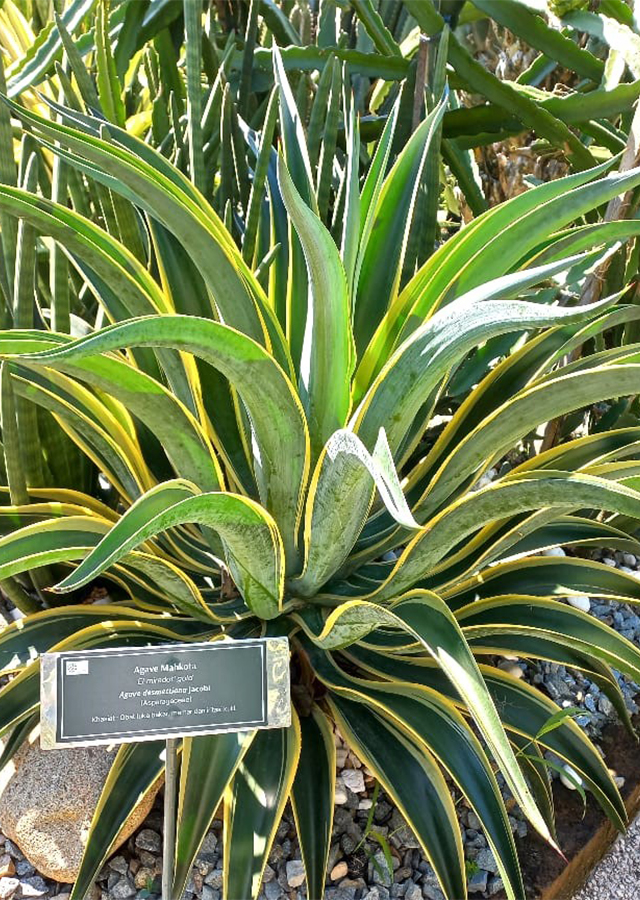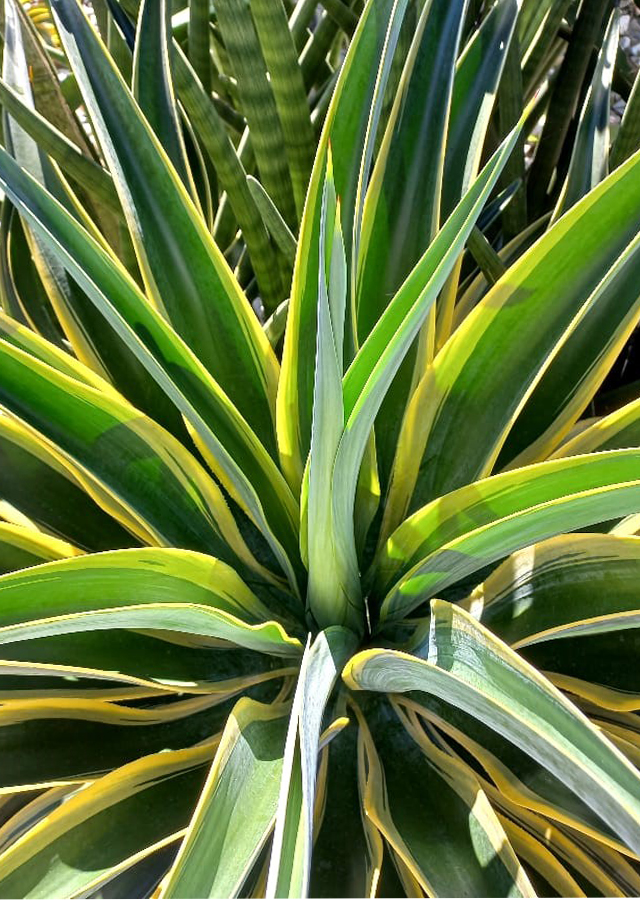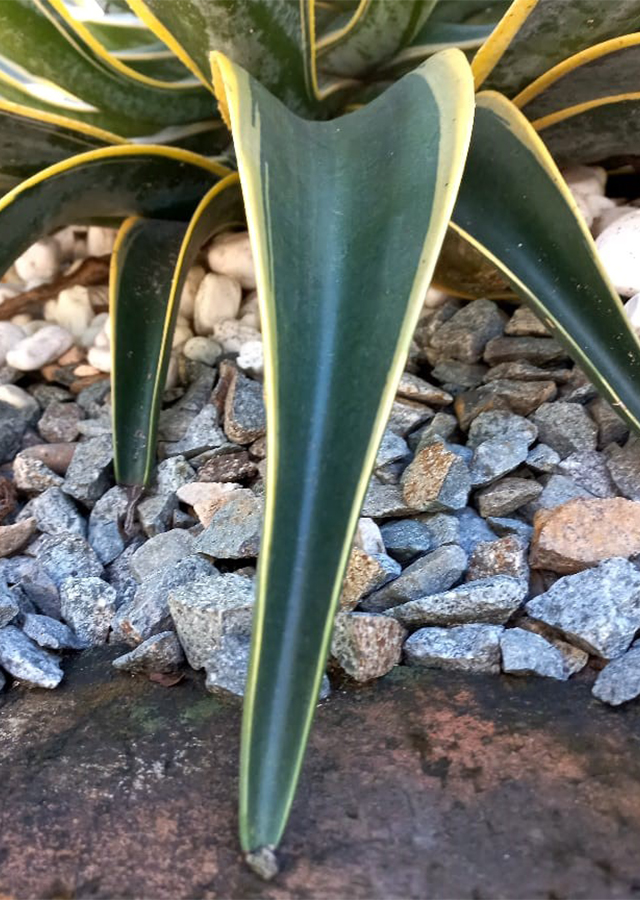Foxtail Agave
Agave attenuata Salm-Dyck
Asparagaceae
Location in our garden
Principal



Synonym
Agave attenuata var. compacta Jacobi
Agave attenuata var. serrulata A.Terracc.
Agave attenuata var. subdentata Cels ex Carrière
Habitus
Succulent. An evergreen perennial succulent that can grow up to 1.2 m tall
Part Used
Leaves
Latex
Roots
Growing Requirements
Full Sunshine
Habitat
Terrestrial
Overview
Agave attenuata is native to the desert areas of central Mexico, in particular on slopes and rocky outcroppings that have a dry climate with little water availability. It’s also found at higher elevations, up into the mountains where there are some rainshadows which can be very cold for much of the year. Mainly four parts of the agaves are suitable for eating: flowers, leaves, sap, and basal rosette. It can be used as a substitute for sugar and honey.
Vernacular Names
No found data on this. Need further research.
Agroecology
Often found in gardens and parks, but can persist if abandoned giving rise to localised naturalised populations. Agave attenuata is a very vigorous plant with rapid growth, which develops a lot in areas with a mild winter climate. These plants require full sun to part shade. It likes well-drained soil that is slightly acidic and not compacted. It grows best in loamy or sandy soil.
Morphology
- Stem - Has a thick, stout stem crowned with a rosette of leaves.
- Leaves - Yellowish-green, blue-green to grey-green, up to 70 cm long, 15 cm wide, thick, soft, fleshy, fibrous, and pointed.
- Flowers - Clusters of creamy white bell shaped flowers, a tall flower spike, bisexual, and up to 3 m tall.
Cultivation
Since it can take years to produce seed, agave is usually propagated by offsets.
Chemical Constituents
Mono-2-ethylhexyl phthalate, 1,2-benzenedicarboxylic acid, n-docosane, eicosane, phenolic, flavonoids, saponins, and glycolic acid.
Traditional Medicinal Uses
- The juice from leaves is used as a topical treatment to relieve itching and sores.
- Its nectar works on controlling acne and reduces the inflammation of the skin as well.
- Help in lowering cholesterol levels in the body. Low cholesterol levels in the body reduce the risk of heart disease.
- Prevent the growth of cancerous tumors.
Part Used
Reference Sources
- Balcony Garden Web. (2021). 11 Amazing Agave Plant Benefits & Uses. https://balconygardenweb.com/amazing-agave-plant-benefits/. 24-10-2021.
- Growing Vale. Agave attenuata (Foxtail Agave): Grow and Care Tips. https://growingvale.com/cacti-succulents/agave-attenuata/ 24-10-2021.
- Sanders, A.(2021). Agave Attenuata Care – ‘Foxtail Agave’. https://www.thesucculentstips.com/agave-attenuata/. 24-10-2021.
- World of Succulent. (2021). Agave attenuata (Foxtali Agave). https://worldofsucculents.com/agave-attenuata-fox-tail-agave/. 24-10-2021.


